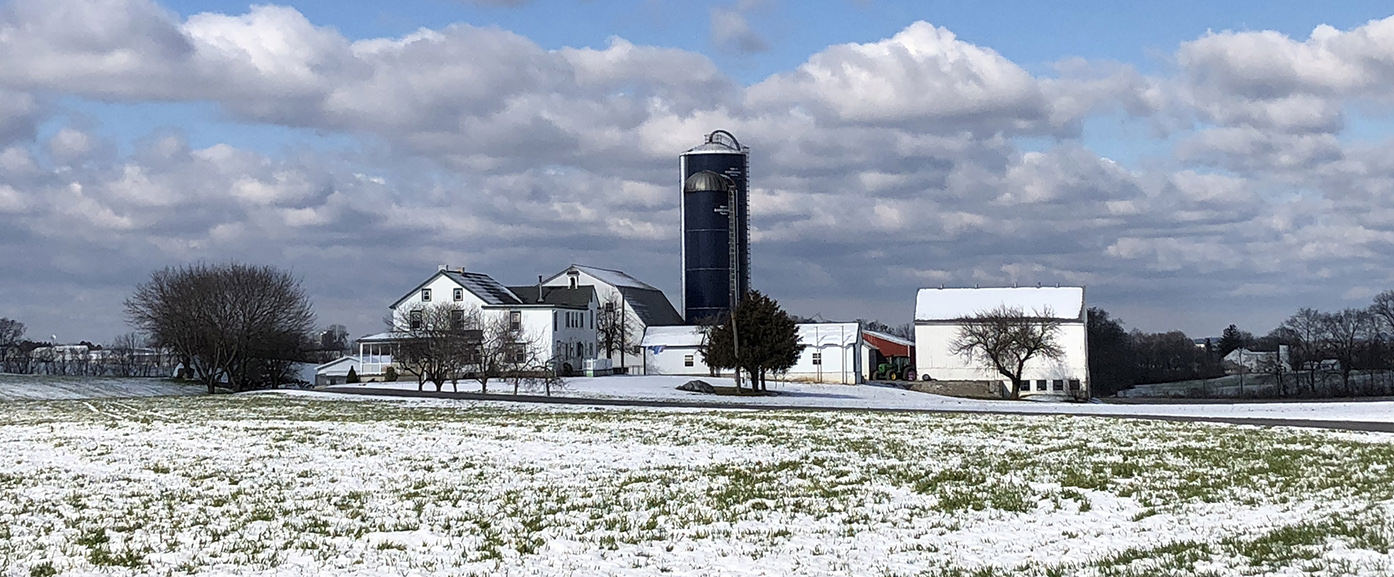
Written by Art Petrosemolo
Seventy years ago, the Catholic Church created Marriage Encounter to help couples promote an open and honest relationship and to rekindle the love that brought them together. Over the years, the program has been adopted by other Christian denominations and has been part of the Anabaptist community in Lancaster County for nearly 40 years. Who would have guessed?
Marriage Encounter got started in the early 1950s when a Spanish priest organized a series of conferences for his parishioners to put new life into marriage. It became Marriage Encounter—a worldwide movement in 90 countries with two million participants in the last four decades—which is as relevant today as it was when it was founded.
The program arrived in the United States in the early 1960s in the New York City Catholic community. Since the early 1980s, Marriage Encounter has been part of the Mennonite Anabaptist tradition with programs run by a Mennonite/Brethren consortium. Both area Christians and non-Christian couples and, in the last five years, members of the Amish community, have participated in the program.
In Lancaster County, Marriage Encounter got its start through an Eastern Mennonite Board of Missions initiative. In 1980, the Boards’ Family Life Commission began working with a Mennonite couple who had attended a Lutheran Marriage Encounter. All saw an opportunity for Anabaptist Christians to benefit from the Marriage Encounter experience.
With the help of Catholic and Lutheran presenters, Mennonite counterparts were trained. They held their first weekend session in 1982. Using the basic Catholic outline, Mennonite presenters adapt it to Anabaptist theology and tradition. In 1987, the Church of the Brethren joined with the Mennonites to form a non-profit organization—Mennonite and Brethren Marriage Encounter (M&BME)—and they have administered the program ever since.
When the group reached out to the Amish community less than a decade ago, it did so after consulting with their bishops and deacons. Today, many members of that Plain Amish community participate in Marriage Encounter sessions. To ease language barriers with the Pennsylvania Dutch speaking Amish, Emory and Idella Otto of Lititz, Marriage Encounter alumni, and long-time program presenters and administrators, translated elements of the curriculum—the personality style assessment and feelings vocabulary—into low German. Also, at the time, Marriage Encounter initiated a 3R program—Restore, Rekindle and Renew—which covers the same topics as the Marriage Encounter weekend but in seven weeknight sessions. Both Amish and non-Amish couples may now choose either the weeknight or weekend Encounters.
“We actually have seen miracles happen before our eyes in these programs,” says Mrs. Otto, a registered nurse with a master’s degree in Christian Counseling. “Couples who were skeptical about the entire concept have had their lives changed and some have even gone on to be trained as presenters and became strong advocates of the program to their friends,” she says.
Marriage Encounter is overseen by the Worldwide Marriage Encounter board with members from 12 different Christian traditions. Marriage Encounter has expanded its program offerings to include FLAME for alumni (a program to maintain momentum from Marriage Encounter) and Engaged Encounter for couples preparing for marriage that teaches participants the skills to help their marriage thrive for a lifetime with sessions dealing with their love commitment, finance, and in-law relations.
One of M&BME’s most popular programs is the Romantic Night Out banquet. The February fundraising and enrichment event attracts more than 200 couples—alumni, future attendees and guests—out for a romantic evening to support the organization and supplement the free-will offering couples give to attend Marriage Encounter. The dinner raises about $10,000 yearly in support of programming.
All Marriage Encounters follow the basic outline developed by the Catholic Church seven decades ago. The Worldwide Marriage Encounter board brainstorms at its yearly meeting discussing new ideas and making adjustments to the program to meet the changing needs of its participants.
Eight Marriage Encounter programs—attracting 20-30 couples a year—were the norm in the 1980s when the Mennonites instituted the program. Today, the M&BME board runs two weekend programs attracting six to eight couples as well as one or two weeknight programs with 16-18 couples taking part.
Dr. Otto says for some, Marriage Encounter can literally be their last hope. “If one or both couples choose not to do the needed work, their marriage will not change and may even lead to a break up,” he says. The Ottos attended one of the early Marriage Encounter weekend in 1983 shortly after the Mennonite program began. They have served as presenters for 33 years. Dr. Otto served as M&BME chair from 2006-2012.
During Marriage Encounter, trained and experienced presenters guide couples through a structured series of presentations followed by couple discussions and exercises to re-acquaint themselves with the deep love that brought them together years before.
“In a troubled time where marriage and family life and values are tested daily, the Marriage Encounter experience,” say the Ottos, “has proven to be a valuable tool allowing couples to become closer and rekindle the spark that brought them together and where they can open new lines of communications so important in the modern world.”
For more information, visit http://www.marriageencounter.org/.